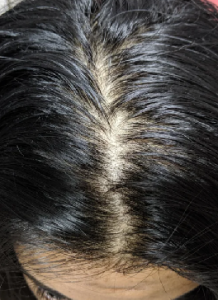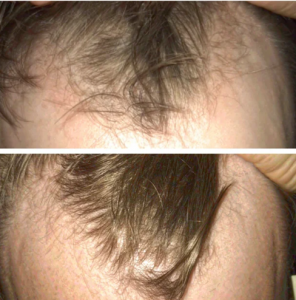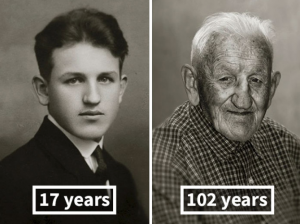Just out of curiosity, has some experiment been done to move a few miniaturizing grafts over from the top of the head, to the safe zone? To prove that the hair is the issue, not the scalp. I know that hairs from the safe zone can survive on the balding area, so technically the scalp should not be the issue. But who knows, maybe those miniaturizing hairs will survive just fine in the safe zone.
Imagine moving miniaturizing hairs down to the side and moving hair in the safe zone up. Don’t think it would be too difficult test.Just out of curiosity, has some experiment been done to move a few miniaturizing grafts over from the top of the head, to the safe zone? To prove that the hair is the issue, not the scalp. I know that hairs from the safe zone can survive on the balding area, so technically the scalp should not be the issue. But who knows, maybe those miniaturizing hairs will survive just fine in the safe zone.
Imagine moving miniaturizing hairs down to the side and moving hair in the safe zone up. Don’t think it would be too difficult test.
I don’t think that you understand that it is the hair follicles that carry the genetics, not the area where they are placed. I often tell my patients that if you put a donor hair on the end of your nose, it would grow to pony tail length. So using your example, take a miniaturized hair and place it either on the end of the nose or in the donor area, it will still die out according to its genetic clock.






